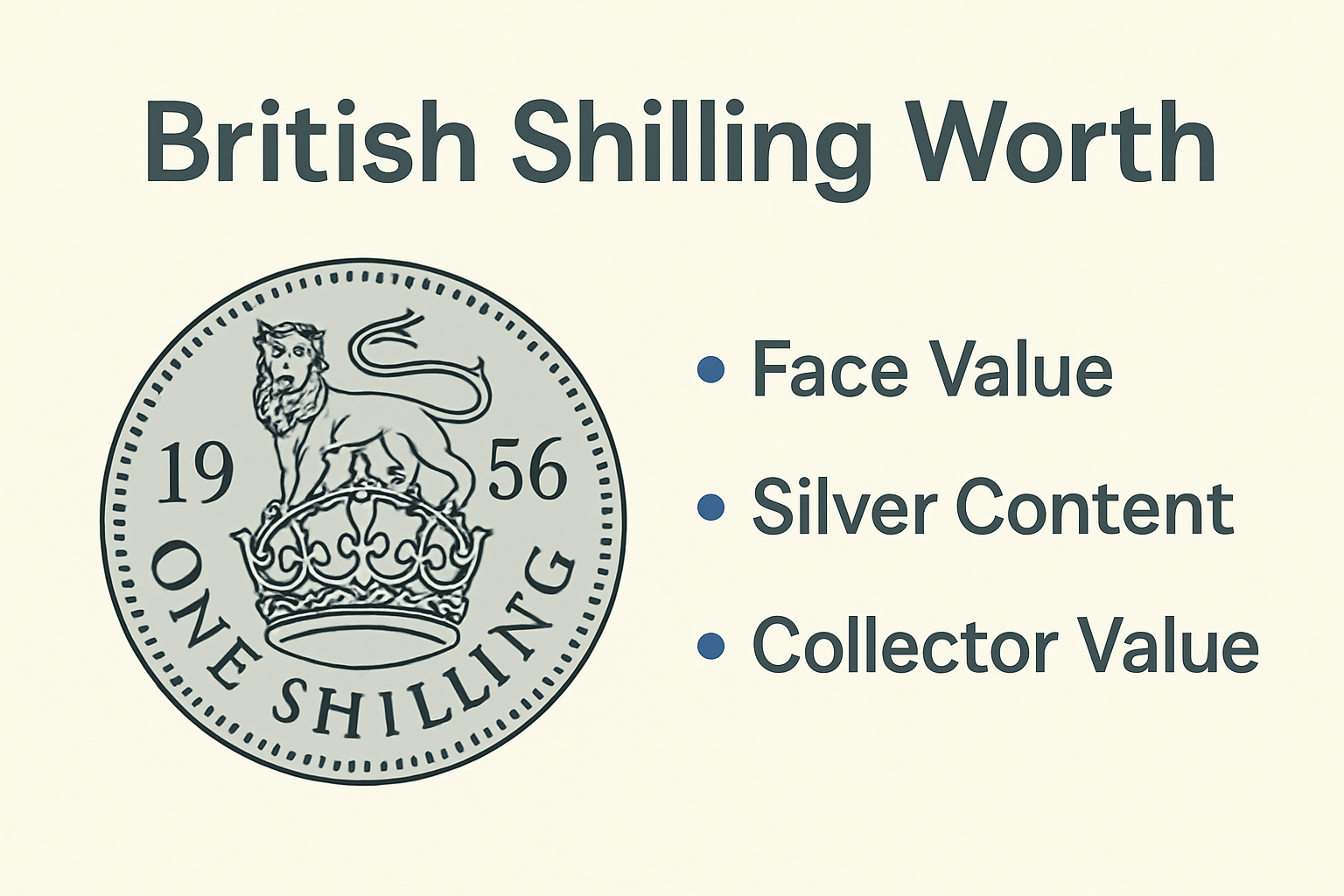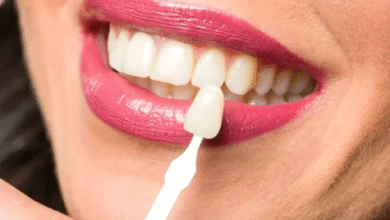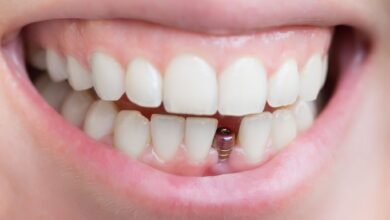How Much Is a British Shilling Worth Today?
Uncovering the True Value of a Classic British Coin Through History and Collecting

Introduction
How much is a British shilling worth? It’s a question that intrigues coin collectors, historians, and curious individuals alike. This small silver coin, once a staple of daily commerce in the United Kingdom, holds more than just monetary value. From the British pre-decimal shilling used before 1971 to rare editions like the 1849 shilling or 1885 shilling, understanding the value of a shilling requires exploring its historic worth, bullion content, and collector appeal.
In this article, we will uncover the British shilling value, explain its face value, bullion price, and numismatic significance, and give you a clear idea of how much a British shilling is worth today—in pounds, pence, and even dollars.
A Brief History of the British Shilling
What Was a Shilling?
A shilling was a unit of currency in the UK used from the early 16th century until decimalisation in 1971. The pre-decimal currency system divided the pound into 20 shillings, and each shilling into 12 pence, making it a key component of British commerce for centuries.
The “Bob”: A British Slang Term
A British bob was the slang term commonly used for a single shilling. If someone said “ten bob,” they meant ten shillings. This term is still remembered today and often used when discussing old British coinage.
Shilling Conversion and Modern Equivalent
Decimalisation and Its Impact
In 1971, the UK transitioned to the decimal currency system, where one pound equals 100 new pence. Under this system, one British shilling converted to five new pence. This is considered the shilling face value in the modern economy.
Shilling in Pence and Pounds
-
1 shilling = 12 old pence (pre-1971)
-
1 shilling = 5 new pence (post-1971)
-
1 shilling = £0.05 (face value today)
Despite this conversion, a shilling’s modern equivalent is now more than its nominal 5p value due to collector and bullion interest.
Bullion Value of a British Shilling
Silver Content and Metal Composition
The shilling metal content varied by year:
-
Pre-1920: 92.5% silver
-
1920–1946: 50% silver
-
Post-1947: Cupronickel (no silver content)
Thus, silver shilling worth depends on the year it was minted. A shilling with 50% silver content can fetch more than its face value based on the bullion market.
Shilling Bullion Value
For coins minted before 1947, their shilling bullion price can range between £1.00 to £2.00, depending on the silver market. Older coins with sterling silver content may be even more valuable as bullion.
Collector and Numismatic Value
What Makes a Shilling Valuable to Collectors?
Shilling collector value is influenced by several factors:
-
Date of minting (e.g., 1849 shilling value or 1885 shilling value)
-
Condition (uncirculated or proof coins fetch more)
-
Rarity
-
Mint composition
-
Historical significance
A rare antique British shilling in excellent condition can sell for £10 to £500, with even higher prices for rare varieties or error coins.
Popular Shilling Designs
Shillings featured monarchs from Queen Victoria to Queen Elizabeth II, each reflecting unique historical and artistic details that appeal to shilling numismatics collectors.
Real-Life Examples of Shilling Value
Common Circulated Shilling
A circulated 1950s shilling, post-1947, with no silver content, might be worth around £0.50 to £1.00 to a collector.
Valuable Antique Shilling
A rare Victorian-era shilling, especially one in uncirculated condition with a clear mint mark, may sell for over £100, depending on rarity and demand.
Shilling in Dollars
If you’re outside the UK, you may wonder what a shilling is worth in modern currency. With a face value of £0.05:
-
1 British shilling ≈ $0.06 USD (based on current exchange rates)
However, collector or silver value can push that to $1.50 or more.
Shilling Across Eras: A Timeline
| Era | Silver Content | Typical Worth Today |
|---|---|---|
| Pre-1920 | 92.5% silver | £2.00+ (bullion/collector) |
| 1920–1946 | 50% silver | £1.00–£1.50 (bullion) |
| Post-1947 | Cupronickel | £0.50–£1.00 (collector only) |
The shilling played a vital role in the British economy, war effort funding, and everyday purchases. At one time, a single shilling could buy:
-
A full meal
-
A small household item
-
Multiple newspapers or tram rides
This shilling historical value offers insight into economic shifts over time, giving the coin a cultural worth far beyond its monetary one.
FAQs
How much is a British shilling worth today?
The modern face value is 5p or £0.05, but silver content or collector interest can increase it up to £2 or more.
Is a shilling still legal tender?
No. Shillings were officially demonetised in 1990 and can no longer be used in retail transactions.
Are all shillings silver?
No. Only coins minted before 1947 have silver. Earlier ones (before 1920) contain more silver and are more valuable in terms of shilling bullion value.
What is the King’s Shilling?
Historically, the King’s shilling referred to the payment given to recruits joining the British army. It’s also used in military folklore.
Can I sell my old shilling?
Yes, especially if it has silver content or numismatic value. Coin dealers and online marketplaces are common venues.
Conclusion
Understanding how much a British shilling is worth involves more than just checking the price of silver or looking at a conversion chart. It requires exploring its historical context, metal composition, and collector interest. Whether you own a post-1947 cupronickel shilling or a rare Victorian silver shilling, its value depends on its story.
So next time you find an old British bob in a drawer or antique shop, remember—it might be worth more than you think.



